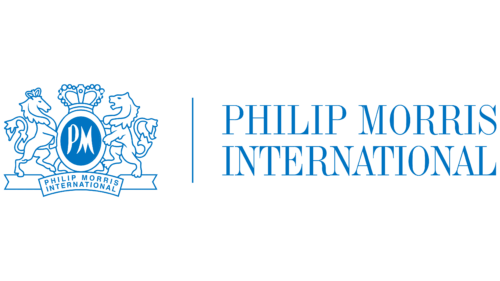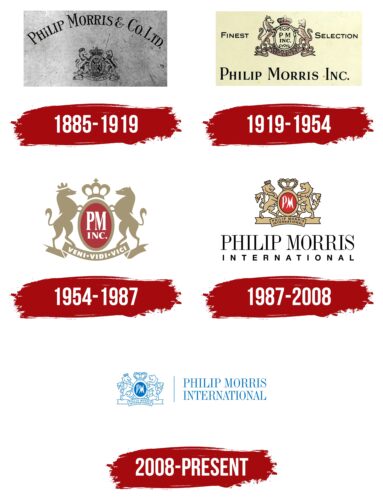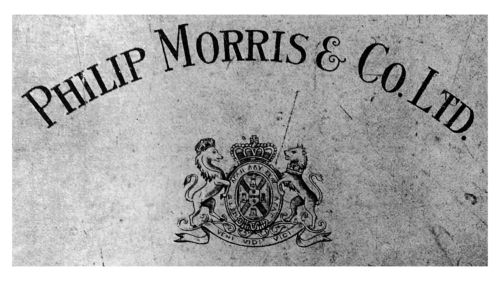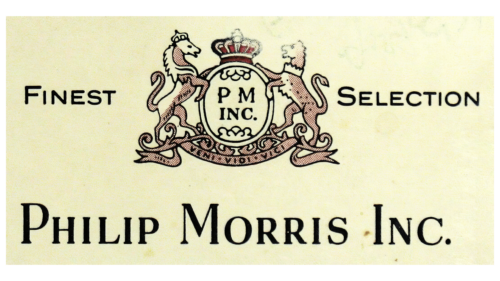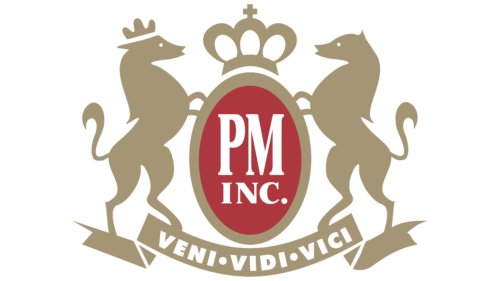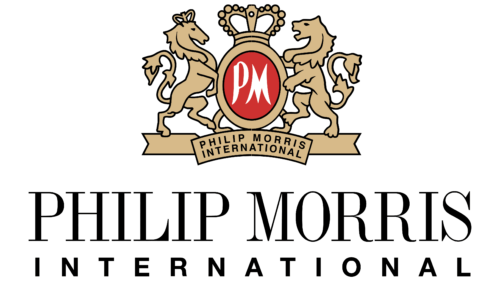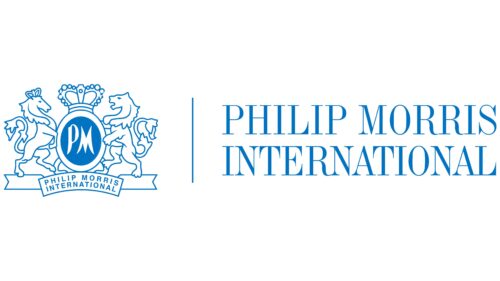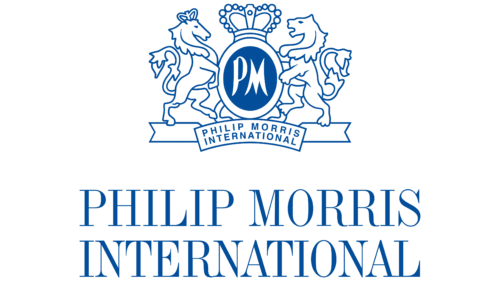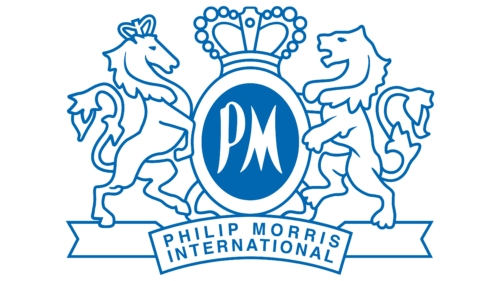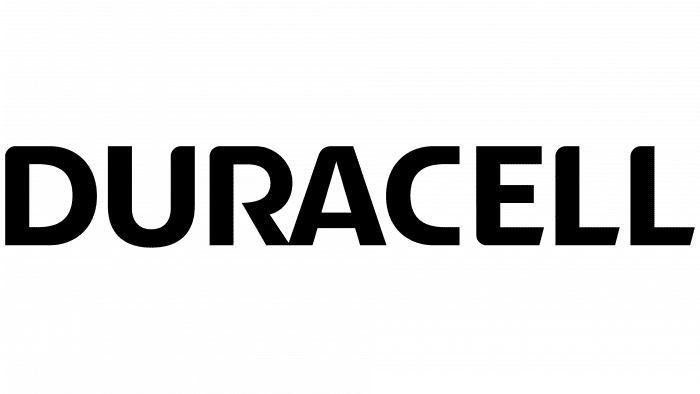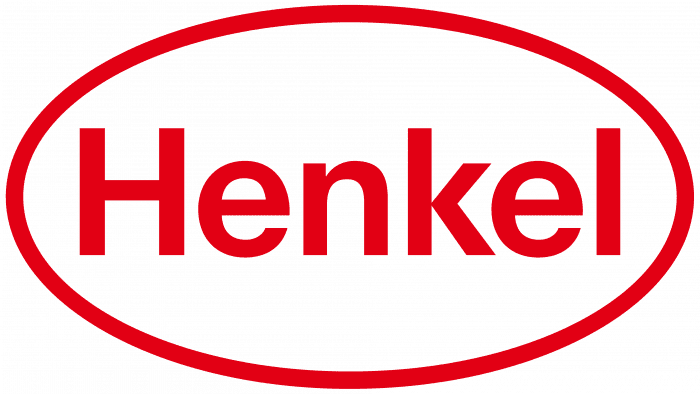The Philip Morris logo shows that the cigarette maker values its century-and-a-half history. The powerful symbolism shows just how unique the brand is, and the sophisticated design is further proof of the quality of its products.
Philip Morris: Brand overview
Philip Morris is an international American company that produces six world-famous brands of cigarettes, including Marlboro, L&M, Chesterfield, and Parliament. As well as HEETS tobacco sticks. The concern’s cigarettes are sold in 200 countries. The Philip Morris logo is associated with royalty and wealth. The corporation’s income is more than 76 billion dollars (2020). This is 101st place in the world according to the Fortune rating.
Philip Morris began in 1847, not just as a shop in London but as a seed that would grow into a global tobacco empire. Founded by the man himself, Philip Morris, this small venture laid the groundwork for an industrial revolution. A few years later, in 1854, seeking broader horizons, the company crossed the ocean to New York, planting its roots in new soil.
By 1872, innovation kicked in. Philip Morris started producing its cigarettes, which set the stage for a future where their brands, including the iconic Marlboro, would become household names. These brands captured the market and shaped the culture of smoking in the early 20th century.
Post-World War II marked a period of aggressive expansion for Philip Morris. The company expanded production and strategically acquired other tobacco brands, casting a wider net across the tobacco ocean. The ’50s and ’60s saw another pioneering effort as Philip Morris ventured into television advertising, a bold move that paid dividends in brand recognition.
In the ’70s and ’80s, Philip Morris diversified, acquiring food companies like General Foods and Kraft Foods. This expansion, however, didn’t distract from its core. By the 2000s, tobacco became the company’s focal point.
The ’90s and early 2000s brought a storm of legal challenges over smoking’s health risks. These battles cost Philip Morris dearly, in both financial terms and in restrictions on cigarette advertising.
Having spun off from Altria Group in 2008, Philip Morris International stands as a titan in the tobacco world. Yet, it’s a company looking to the future with its pivot to less harmful nicotine delivery methods like the IQOS tobacco heating system.
Meaning and History
Philip Morris International went through more than one owner before becoming an international company. And the name of the founder remained in its name. The history of the tobacco giant began in the middle of the 19th century (1847), but only in 1919, after the purchase by a group of American investors, the real heyday of the company began: a new logo, the release of Marlboro (1924), entry into the international market (1955). In 2003, the management tried to change its name and become Altria Group, but after five years, it returned to its former world-famous name. This moment was a turning point in the history of the corporation. The updated giant is focused on the release of smoke-free products.
The company’s logo changed as its owners changed. But the royal regalia reflected in it has remained constant for more than 130 years.
What is Philip Morris?
An international concern that produces and sells popular brands of cigarettes. Owned by a group of American investors. Production facilities in 30 states provide consumers from 200 countries.
1885 – 1919
The first visual sign was developed when the founder’s brother completely took over the company. Before this, four years of management was joint with a business partner. Leopold Morris crossed out the name of Gruenebaum, who left the common cause and changed the name to Philip Morris & Co Ltd, which was reflected in the logo.
Beautiful, graceful serif lettering is located in an arc above the emblem. It formed a kind of protective dome. Now the family fully owns their business and will protect and develop it. At the same time, the rise showed the company’s desire to rise to new heights.
The company values its history very much. The logo was created in the Victorian era. At that time, every self-respecting noble house and company had a coat of arms. Philip Morris was no exception. The coat of arms was placed under the name. It depicts important values for the company, encrypted in heraldic signs.
- The English crown crowns the coat of arms. The company was founded in England and worked with the authorities permission.
- In the center is an oval mirror with a wide border. It means public power and honestly performed duty. Philip Morris cigarettes gained more and more weight in society. Now 150 million people smoke them. In addition, women’s heraldic shields had an oval shape (after the death of her husband, the tobacco shop passed into the possession of Morris’s wife).
- Special heraldic animals hold the mirror: a horse and a dog. The horse is a multifaceted symbol. It means courage, strength, dexterity, and speed. The dog is devotion. The company is dedicated to its work and performs it with sufficient strength and dexterity.
- On the bottom ribbon is the phrase of Julius Caesar: I came, I saw, I conquered.
All picture elements speak of the desire to develop and conquer new markets.
The logo is built in such a way that the inscription on top seems to protect the company’s values, which are at the heart of the composition.
1919 – 1954
In 1919, the company moved to America, Virginia. The investors who bought Philip Morris were determined to prosper and make a good income. Therefore, the new owners worked on the company’s image and slightly modified the logo in a modern way.
First, they added color, which increased the attractiveness of the emblem. Secondly, the image was placed at the top and the company name at the bottom. The lettering has been straightened out. Thirdly, all unnecessary details were removed from the emblem, making it more schematic.
In the center of the coat of arms composition is no longer a mirror but a medallion with capital letters of the company’s name. It is surrounded by symbols of power: a crown, royal animals, and a victory inscription. The image has become the personification of prosperity and aristocracy and is associated with high-end cigarettes and excellent tobacco taste. It made users want to try what rich people smoke.
On the sides of the emblem, to enhance the impression, they added the inscription “finest selection” – the best choice.
1954 – 1987
The period is characterized by international expansion. The opening of the first foreign branch was marked by rebranding.
The company name was removed from the logo. Since cigarette buyers now speak different languages, the inscription has become less informative. It is much more promising to form an association with an image. This is what they relied on in the new design.
All elements of the updated emblem are made in a single-color fill in the color of red gold. And in the center on the red “cushion” of the medallion are the white initials of the company’s name. Crowned animals seem to present them to the observer. The logo looks precious and luxurious, and the red oval echoes the red pads serving valuable jewelry.
1987 – 2008
In 1987, Philip Morris International was registered for international operations. For the name to be well remembered, the maximum emphasis was placed on it in the logo. The inscription is located under the emblem and is reduced in size. Large letters and black font immediately attract attention. The name is also present on the ribbon, instead of Caesar’s motto, and inside the medallion.
2008 – today
In 2008, FM separated from Altria Group and headed for healthier Ikos products. Therefore, the new logo has become transparent and airy, symbolizing smokelessness.
The new ideals are also symbolized by a vertical line that separates the schematic image of the logo on the left from the company name on the right. Morris goes into a new life modified. Her ambition is to make the air cleaner. The thinner lines of the inscription also demonstrate this.
Font and Colors
As the company matured, it moved from black and white logo designs to luxurious gold and purple. The change of scale reflected quality, wealth, and growth.
The modern Philip Morris logo features a mix of blue and white. They are light, associated with the sky, clouds, and air. They give away dreaminess. Gamma is in complete harmony with the new goals of the company.
The inscription font is Industrial 736 Std Roman.
Philip Morris color codes
| French Blue | Hex color: | #0074c2 |
|---|---|---|
| RGB: | 0 116 194 | |
| CMYK: | 100 40 0 24 | |
| Pantone: | PMS 3005 C |
